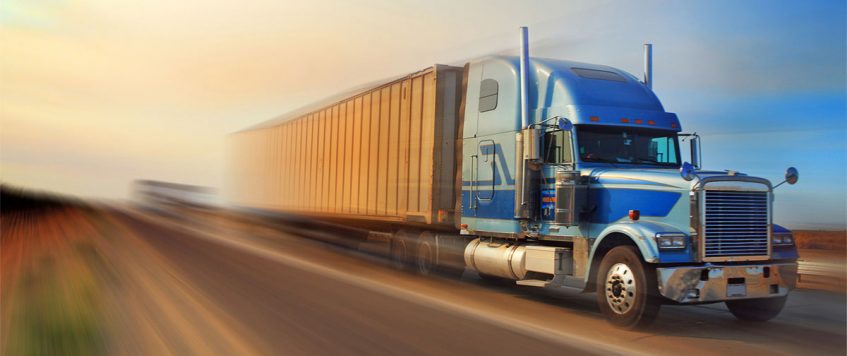-
23
Jun
7 Ways Truck Driving is Different From Driving a Car
While most passenger vehicle drivers on the road are trying to get ahead of long-haul trucks, truck drivers are taking extra precautions to ensure the safety of everyone on the road. Here are a few things about truck driving that most people don’t realize.
- Parallel parking a long-haul truck takes serious patience.
Parallel parking is a pain for drivers of passenger vehicles, but it is even more difficult for truck drivers. A long trailer and a heavy load can make parallel parking very tricky, especially on a congested road with other impatient drivers honking and yelling at truckers to hurry up.
- Truck engines have a set maximum speed.
There’s a reason why trucks can only go so fast. Not only do speed limits keep them from going 80+ mph, but some engines have a set maximum speed. Trucks carry pretty heavy loads and stopping takes much more time, compared to passenger vehicles.
- Some trucks have refrigerators and mini-kitchens.
A truck’s cabin is the driver’s home away from home. Though some drivers pack their food in advance, others prefer to do a little cooking in their truck. For some drivers, cooking is a nice way to take a break from the road.
- Passing another truck is much more difficult.
Because trucks are so big and wide, passing another truck requires making sure the side mirrors don’t scratch each other. This can be especially difficult to do on narrow roads.
- Truck drivers can drive up to 3,000 miles a week.
Truckers get some serious mileage every week. While some drivers are paid by the hour, others are paid by the mile. However, there are restrictions in place to ensure drivers don’t over exert themselves.
- Truck drivers use headlights to communicate.
If a truck is trying to pass another truck, then the truck in the rear will turn its headlights on and off to let the other driver know that its tail has passed the truck’s head.
- Trucks have bigger no-zones.
Commercial trucks have blind spots along the sides of the trailer and directly in front of and behind the truck. Truckers have to be especially careful when changing lanes or making turns.
